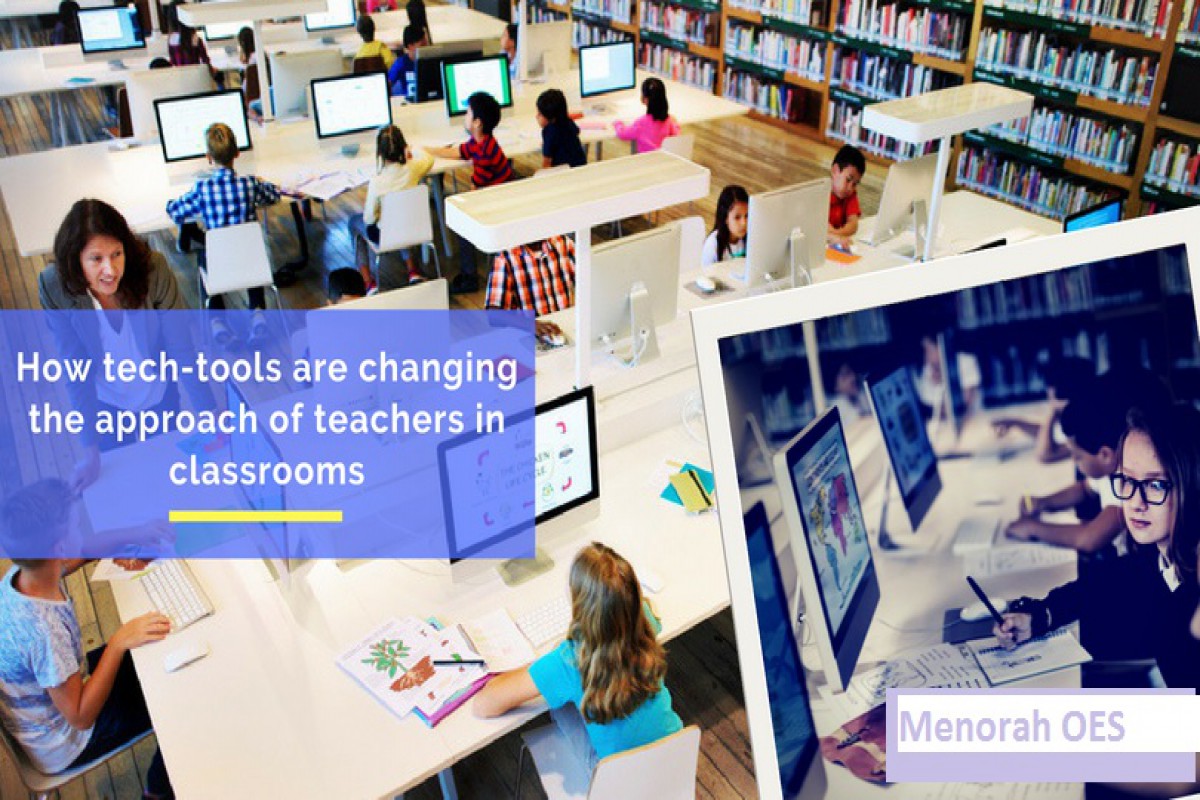How the advent of Tech-Tools is altering the pedagogy for Teachers?
ONLINE ASSESSMENT PLATFORM | Posted On 02 Sep 2024

“74 percent of educator’s surveyed said technology is the key to helping them expand on classroom content; the same percentage said technology is a motivational tool; and 73 percent said it helps teachers respond to different learning styles. Moreover, 69 percent said technology has helped do more than ever before for their students.”
Technology is emerging as a preferable possibility for elevating the concept of anti-oppressive education that is “multiple approaches to learning that challenge forms of oppression”. It is a point to be acknowledged that students these days are already on a familiar level with the changes that technology beholds for them. They have adapted to the new trends of automated world which creates a feasible opportunity to integrate various forms of technology in the classroom setting. But if we consider the minimal exposure of technology from the viewpoint of teachers then the situation gives rise to the concept of tech literacy.
Technological Literacy- Educating the educators
ITEA- International Technology Education Association illustrates technological literacy as the ability to “use, manage, assess, and understand technology”. Ceaseless innovations penetrating the education sector creates an increasing demand on teachers upon whom important decision lies as to when, where and how to use technology in classroom. It is imperative to impart these educators hands-on training in using classroom technology. A mere knowledge of how to counteract technical challenges is not enough, benefit lies in raising awareness amongst the teachers that how technology transforms relations, identities and complex power structures.
How tech-tools are changing the approach of teachers in classrooms?
A predictive quote goes to the credit of Thomas Edison that says:
“Books will soon be obsolete in the public schools…our school system will be completely changed inside of 10 years”.
Well it is not much affirmative if we have witnessed so much of change in 10 years since the inception of this quote but our school system has definitely evolved, say at a rather sluggish pace but yes it has. Tech-tools are proliferating the K-12 learning and assessment agenda and online test maker software are being extensively used by the teachers to conduct online tests that are creative and interactive, changing the traditional assessment system that was monotonous and less approachable. Some of the other benefits of technology in the classroom setting are:
Enhances engagement
Integration of technology into every day lessons increases the interest of students into grasping the knowledge. A research proves that around 74% of educators agree on the fact that tech tools are helpful in motivating the students to learn. Technology works as a privilege for the teachers in making classroom learning a fun and interactive activity. It transforms the concepts of same old lessons and represents in new ways. Online test maker software for teachers is another vertical to the technology in education system that enhances the assessment experience for both teachers as well as for students.
Inspire individual learning
Every student learns at different pace. No two students can be matched in terms of intelligence and reactiveness towards acquiring knowledge. Around 69% of educators believe that tech tools make them do much more than ever before for their students. Technology provides possible opportunities to target every single student in a classroom in a different manner. For instance, students can assimilate ideas at their own pace, can assess and re-learn the same whenever they wish to.
Boost retention of knowledge
Interesting methods of imparting knowledge increase the attention of students and generate better knowledge retention. With the use of technology every student gets a chance to interactively participate in the classroom directly raising the chances of better retention of the concepts learned. Amongst so many technologies available in the market teachers need to experiment with the ones that best suits the need in terms of retaining the knowledge of students.
Increased involvement of educators
Tech tools such as social learning platforms make it preferable for teachers to create and manage and groups. This increases the proximity of learning as the teachers are accessible even outside the classroom setting and can be approached on these social learning platforms easily. Teachers can use these platforms to upload videos and images related to their lessons and can initiate active participation on a broader spectrum.